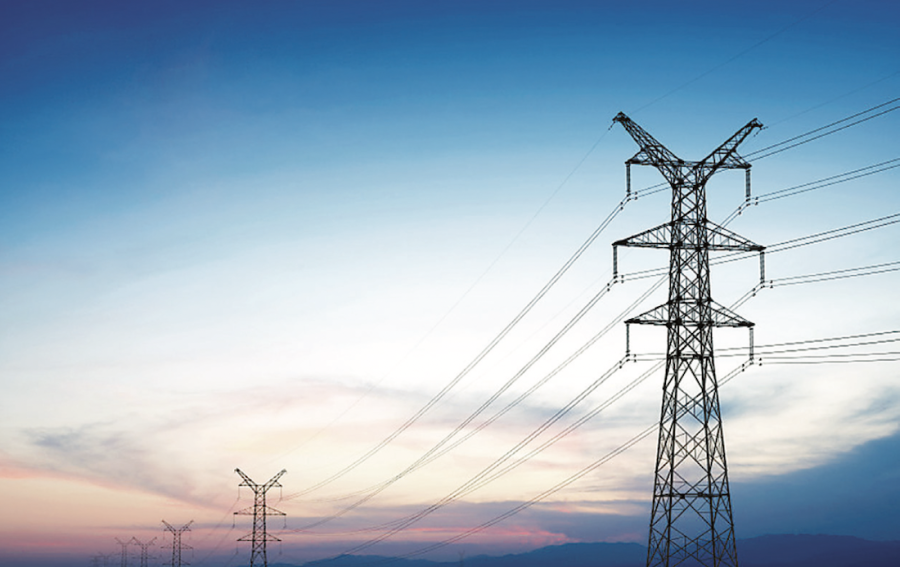National
Court orders fair compensation for land affected by transmission lines
Providing compensation for the land where a transmission tower stands alone is not enough. It should follow justifiable compensation for the right of way as well.
Binod Ghimire
The Supreme Court has directed the government and relevant authorities to provide fair and just compensation for the right of way while building electricity transmission lines.
Passing its verdict on the writ petition filed by the residents of Sankhuwasabha district, the top court said that providing compensation for the land where a transmission tower stands alone is not enough. It should follow justifiable compensation for the right of way as well, it said.
Currently, people whose land comes under high-voltage transmission cables get only 10 percent of its value while acquiring it for the project. A division bench of justices Nahakul Subedi and Til Prasad Shrestha ruled that “in addition to the existing criteria, compensation should be provided based on the capacity of the transmission lines, assessing its impact on human health and whether that leads to the displacement of the families residing there”.
Though the owners can cultivate the land, they cannot build houses or plant trees on nine-metre stretches on either side of the transmission line. The market price of such land goes down drastically. The locals, therefore, say that the government's compensation is too little.
Dissatisfied with the compensation amount for the land acquired and that under the right of way, 22 locals affected by the transmission line for the Arun-3 hydropower project had moved the Supreme Court seeking its intervention.
Though the court ordered proper compensation for the right of way, it refused to overturn the government's decision on compensation for the land acquired. The Investment Board Nepal is leading the construction of the 400 KV transmission line.
The District Administration Office Sankhuwasabha determined on June 30, 2023, the compensation for the land acquired for the construction of the towers at Rs500,000 to Rs800,000 per ropani. The compensation for the right of way is 10 percent.
The locals refused to accept the offer and resorted to protest. Based on their complaints, the Ministry of Home Affairs reviewed the pay determined at the district level. The ministry, after the study, concluded that the compensation amount was fair.
Rejecting the ministry’s decision, the affected people knocked on the court’s door demanding the decision be overturned. The court, however, ruled, “It cannot be said that the compensation amount for the land acquired for the construction of towers of the transmission has flouted existing legal provisions.” The compensation amount is determined as per the Land Acquisition Act 1977.
The full text of the court’s verdict from April 12, released on Thursday, says land acquisition is an eminent domain of the state, and it can also bar land owners from constructing in the areas around the project area. However, state organs must ensure that the compensation is fair and just.
“Providing compensation for the land area covered by the towers alone cannot compensate for the loss the land owners have actually suffered,” says the verdict.
The 900-megawatt hydropower project is being constructed by the SJVN, formerly known as Satluj Jal Vidyut Nigam, an Indian public-sector undertaking that generates and transmits hydroelectric power.
Over 70 percent of the project has been completed as of now. It aims to start power generation in 2026.




 8.12°C Kathmandu
8.12°C Kathmandu
%20(1).jpg&w=200&height=120)














